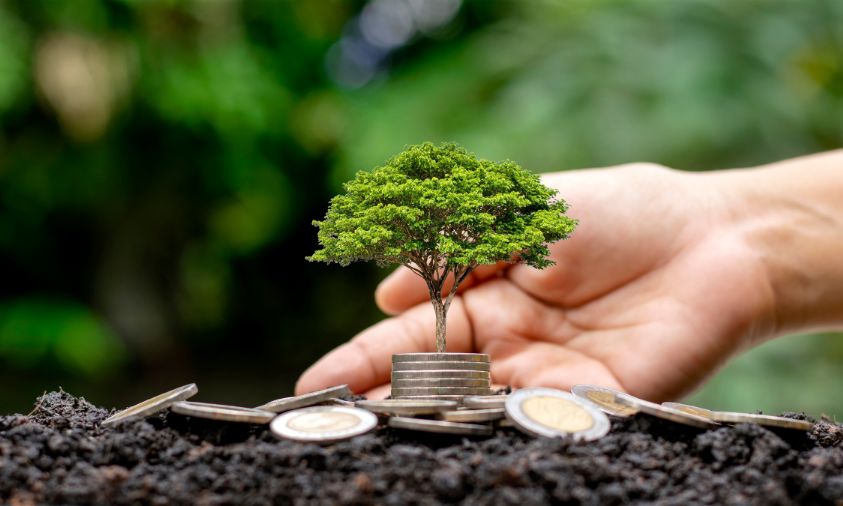Everybody is acknowledging environmental issues and the world is taking bigger eco-conscious steps. One such step that was taken by the financial sector was ‘Green Deposits’ which will come into effect from June 1, 2023. Green deposits are just like the fixed deposits everybody makes where you invest money and the bank might use it for giving a loan to other businesses or entities and you will get the original amount invested plus the interest after one year. After a period known as the maturity of the loan, you can withdraw or renew the amount invested. The finance you lend or invest into green projects is called ‘green finance’ and ‘green deposits’ are deposits charged with interest, received by a Regulated Entity (RE) or entities providing financial services or bank holding companies, for a fixed period which will be used for green projects.
However, unlike fixed deposits, we know where the finance is going in green deposits, the finance will only be used to fund green or environmentally friendly projects. To add upon, Green Deposits can prevent greenwashing, which is when a company states that a certain amount of money raised will be used for environmentally friendly activities or products but it doesn’t get utilised for the purpose.
Firstly, for a Regulated Entity to raise green finance they need to create a thorough policy and get it approved by the Board of directors. This approved policy should be made available on their website. Additionally, an advantage is that with green deposits, the allocation of funds can be annually verified by an independent Third-Party which will verify whether the funds are being used properly for the right activities and how much fund is allocated to each project and whether the project is making an impact. Furthermore, a review should be submitted by the RE to its Board of Directors within three months after the financial year, listing the projects completed, the amount of green finance raised and the green finance used for each project and a copy of the Third Party verification.
Secondly, distinct from other deposits, for green deposits, the finance the Regulated Entity receives should be allotted only to a selective list of green activities or projects listed by the Central Bank. These include renewable energy, energy efficiency, clean transportation, climate change adaptation, sustainable water and waste management, pollution prevention and control, green buildings, management of living natural resources and biodiversity conservation. Projects involving new or existing extraction, production and distribution of fossil fuels, nuclear power, waste incineration, alcohol, weapons, tobacco, gaming, landfills, palm oil industries and hydropower plants larger than 25 MW should not be a part of green funding.
Finally, this framework will only be applicable to all Scheduled Commercial Banks (banks that are listed under Schedule II of the Reserve Bank of India Act, 1934) including Small finance banks which are banks that carry out basic banking activities and lend to unserved or underserved people and excluding Regional Rural Banks, Local Area Banks and Payment banks. Furthermore, all deposit-taking, Non-Banking Financial Companies (NBFCs) and Housing Finance Companies registered with the RBI are also included.

